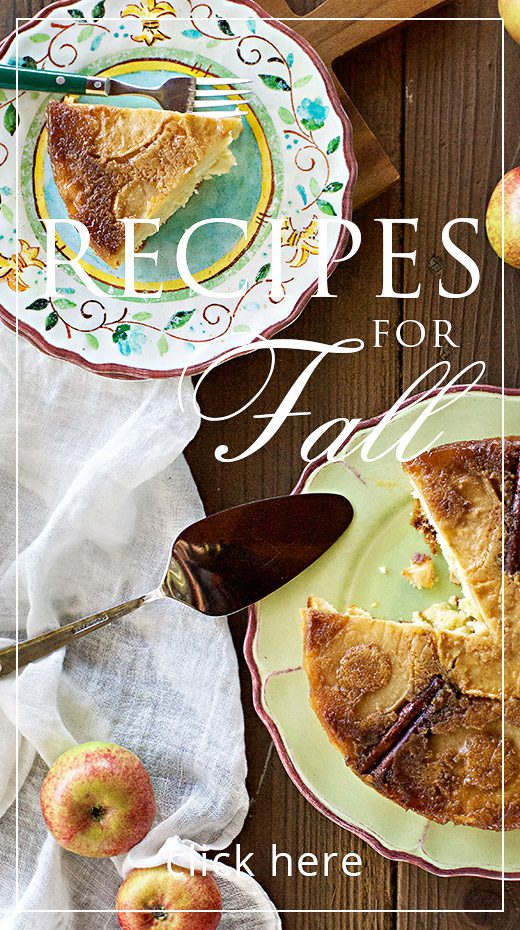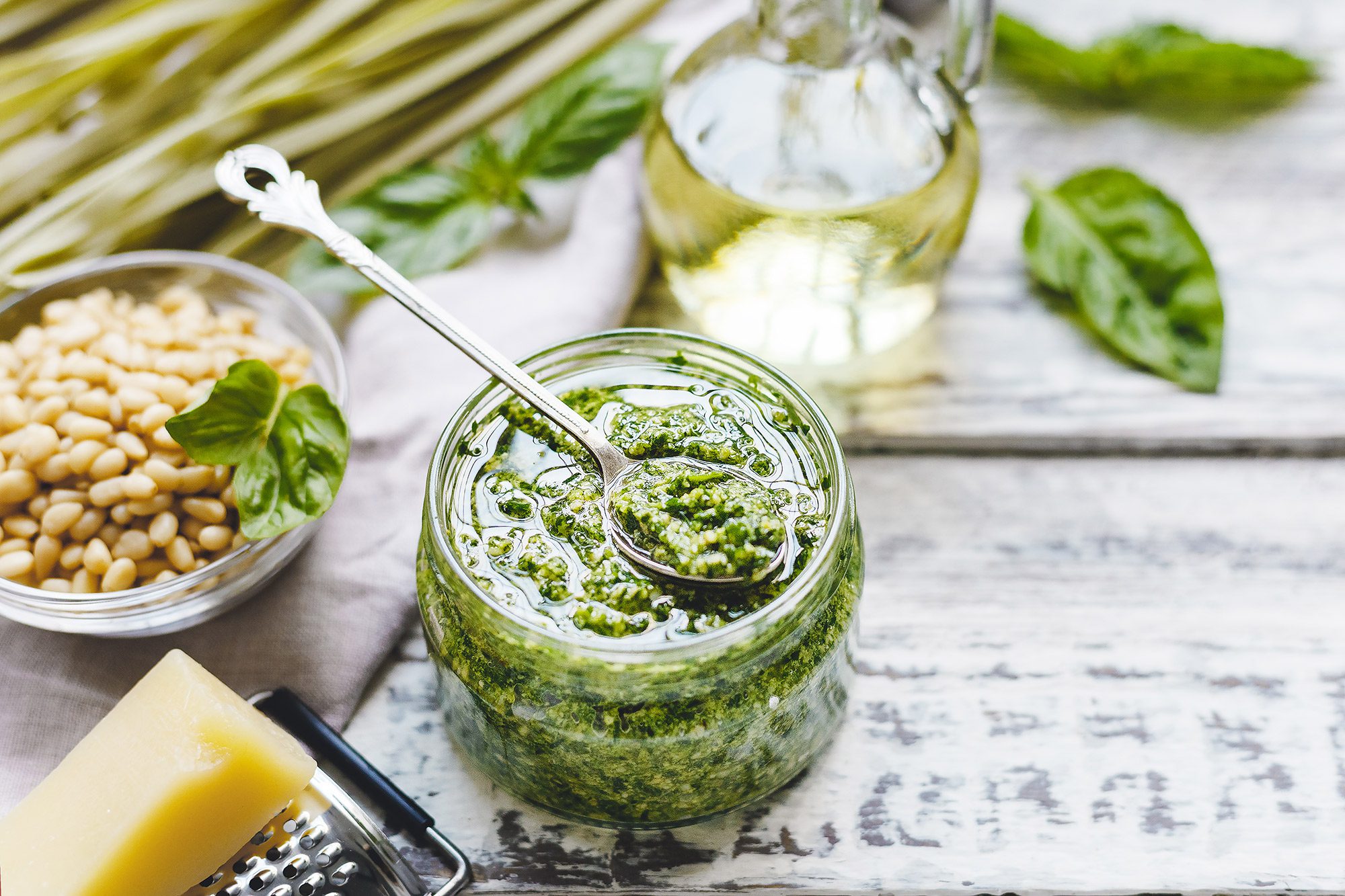
.
Yes, let’s talk about pesto!
Yesterday, I noticed my brother’s potted basil plant becoming bigger and bigger, so when I walked outside this morning I decided it was time to harvest some and make some pesto.
As I worked, blending and tasting, I felt the urge to not only share it with you, but talk about it a bit more in depth. The reason being that there is the tendency these days of making “pesto” with almost anything: from rucola, to mint, to spinach, zucchini and so forth – especially in the United States. I am all for creativity, and I am not saying those variations are not good: they can be, when properly made. Yet they still make me shudder. They are not really the pesto we all know and love, are they? Certainly, they are not THE pesto.
In any case, even when it is basil pesto, I find the ingredients are often off. This is not just in the U.S., but frequently also in Italy, I am sorry to say.
Occasionally I pick up a tub or jar of what is supposed to be real thing, only to find on the ingredients list horrible things like: canola oil, grapeseed oil, walnuts or cashews, or basil AND parsley, even vinegar, and so forth. Ugh! Can you see me shudder again? I always put it back.
The real thing, the one you get to eat in almost every restaurant in the Liguria region of Italy, is a dreamy, creamy, delicate and intense: an experience unlike any other.
And I know that everyone knows what pesto is. It is so beloved and popular!
Even so, let me get some facts together.
.
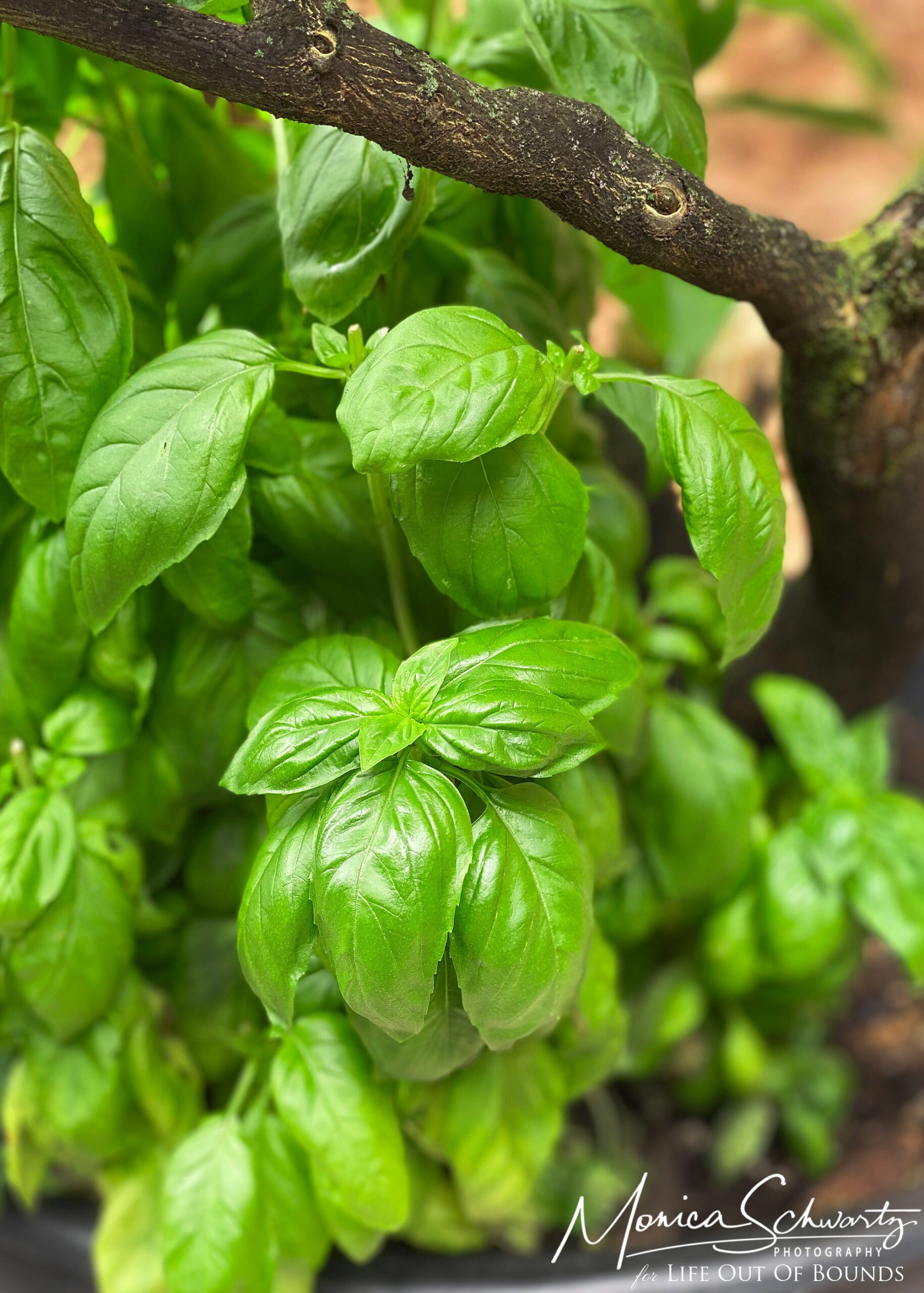
.
ORIGINS OF PESTO
.
Pesto: from “pestare”, which translates to: to grind, to pestle, to pound, to beat, or even to trample on (calpestare).
It seems that the first official recipe dates back to the mid-late 1800s, and the first to write it down as an official recipe was Giovanni Battista Ratto within a volume called La Cuciniera Genovese – The Genoese (female) Cook. I have actually found some versions of this book (and modernizations there of) on Amazon Italy at this page – just in case you are interested.
However, legend says that a monk was the first to create the early version of pesto. This monk lived in a monastery just above Genova, in a little village called San Basilio a Prà. But who knows! Maybe he learned it from some home cook in the nearby village.
Wether a monk or someone else, it is easy to imagine how such simple ingredients native to the area would end up in a sauce. As a cook myself, I know how new dish experimentation goes: “Oh, let’s try a bit of this, then a bit of that…” Then a new idea occurs, a new test is made, and you are on a roll.
BTW: for those who don’t know: Genova is the capital of the Northern Italian region called Liguria – you know, the area where the famous Cinque Terre and Portofino are located.
.
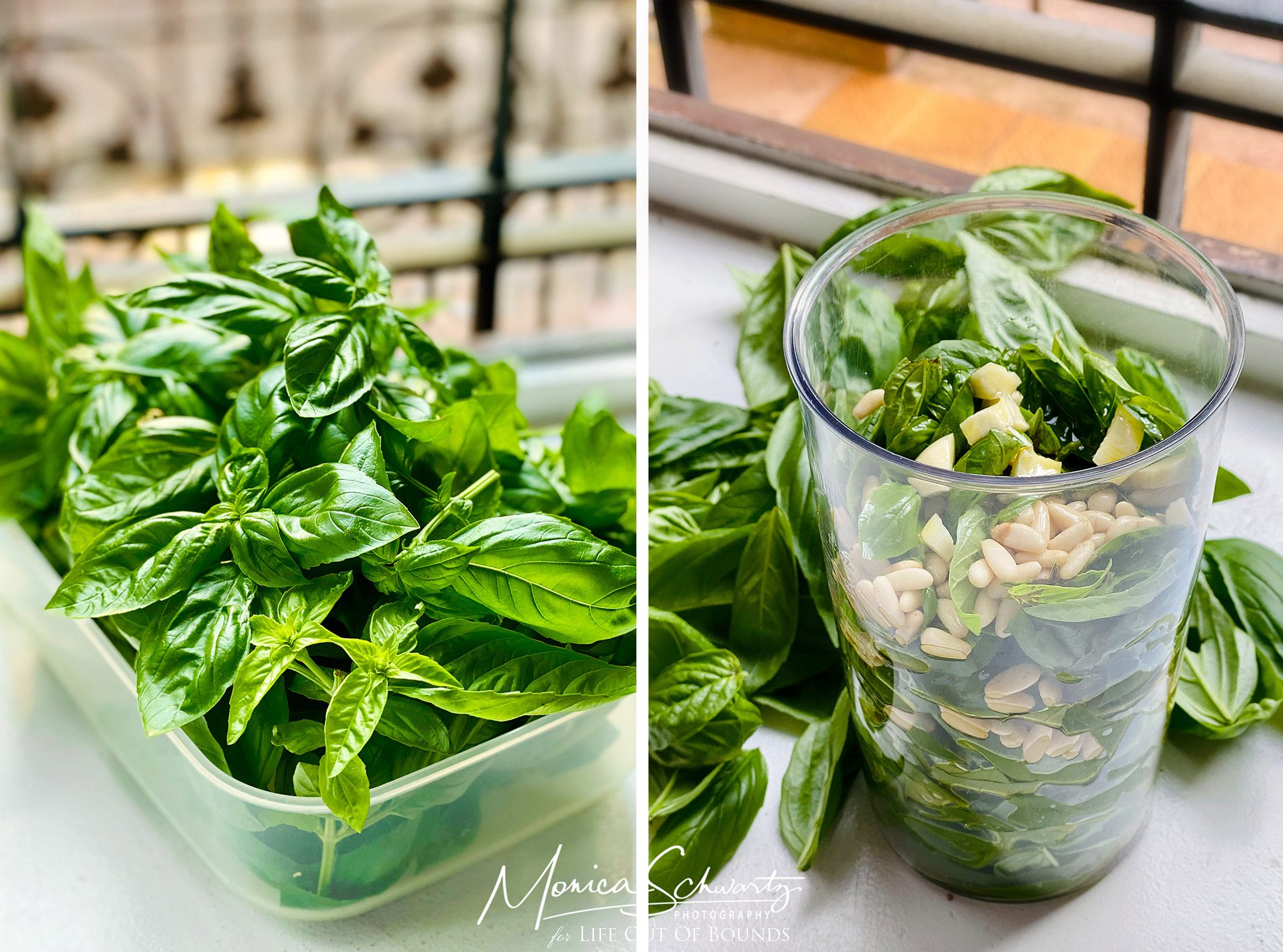
.
INGREDIENTS FOR GENOESE (ORIGINAL) PESTO
.
Despite all the versions around, the original true pesto is made with few simple ingredients:
- Basil
- Pine nuts
- Garlic
- Extra-virgin olive oil
- Sea salt
- Grated cheese: Parmigiano and a little Pecorino
Ideally, these ingredients should be mostly Ligurian grown, and specifically:
- Genoese basil DOP (Denominazione di Origine Protetta – Protected Designation of Origin) from Prá (near the capital city of Genoa). This basil is considered the green gold of Liguria.
- Garlic from Vessalico (a small town in the province of Imperia). This garlic is particularly delicate as well as easier to digest.
- Pinenuts, which are abundant in Liguria and the whole Mediterranean, so preferably Italian ones.
- Parmigiano Reggiano DOP, produced in the nearby province of Parma and, sometimes, a little Pecorino DOP Fiore Sardo, produced exclusively on the island of Sardinia. Both cheeses should be well seasoned (at least 30 months).
- Extra-virgin Olive Oil from Liguria, which is more delicate in flavor and blends well with the other ingredients without overwhelming them.
- A little Sea salt; coarse if you are using a mortar and pestle.
.
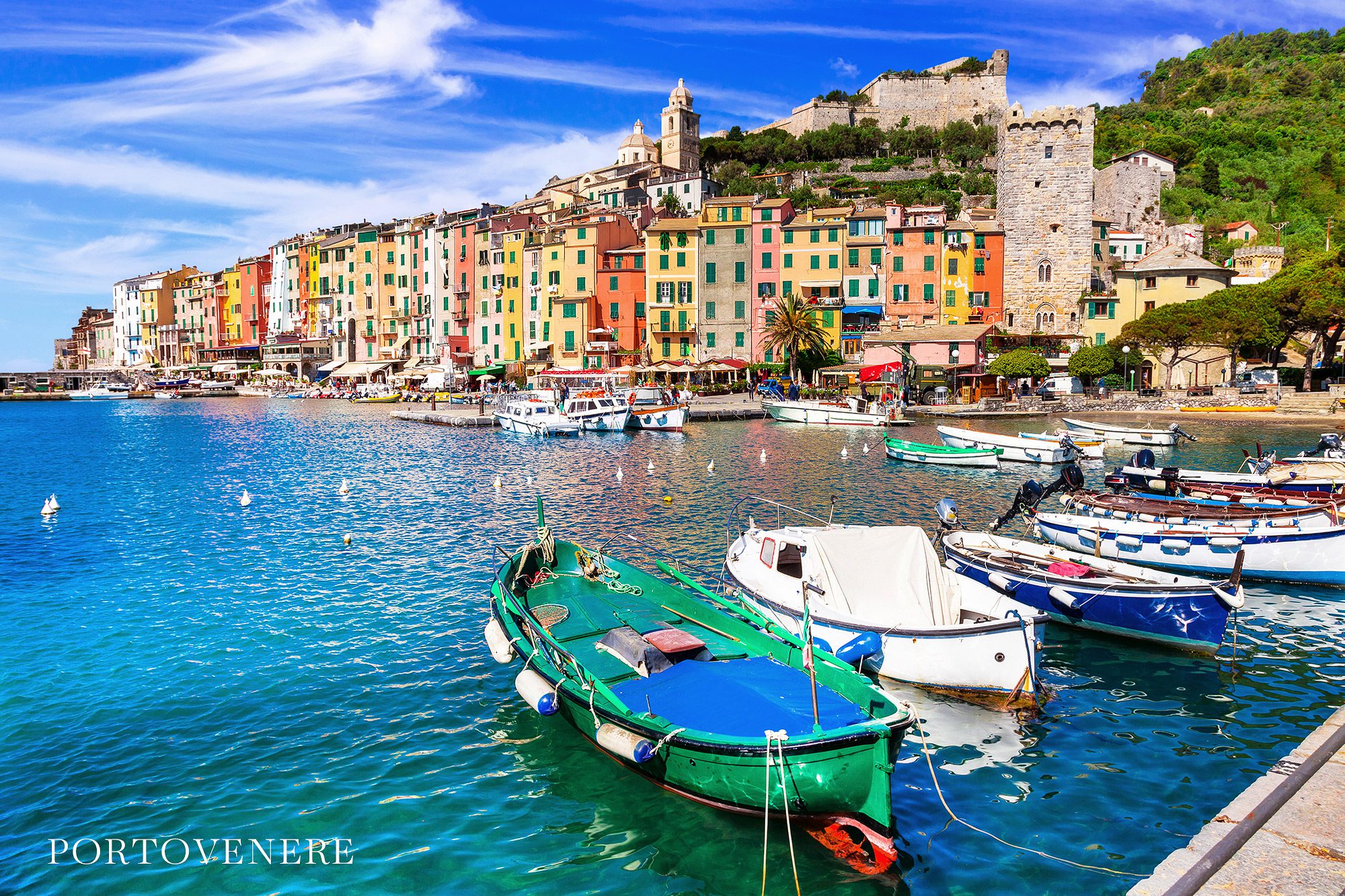
.
MY TIPS FOR A GOOD HOME MADE PESTO
.
In my experience, pesto made away from the region of origin will not be quite the same, but it can come close by using a bit of care.
BASIL
The best basil is grown in pots and in the shade, or only exposed to a little early morning sun. This way the leaves will remain tender and won’t be minty. Essentially, if you don’t live in Liguria and you want to make good pesto, grow your own basil.
In Liguria, basil is grown in large covered areas that provide both shade and protection from extreme weather. The bunches supplies to restaurants, pasta shops and grocery stores all feature small tender leaves. See a video of an industrial production at this link, and one at this link.
There is also a very interesting interview here, but it is only in Italian. Still, I am sharing it just in case.
You are supposed to very gently wash the basil leaves, then even more gently pat them dry with paper towels, making sure not to bruise them. Yesterday I didn’t bother, as the basil is grown in a pot in my Mum’s garden. Not only is it pesticide free, but it also got washed by the rain.
PINENUTS
Do your best to find good quality pine nuts. If possible, try to avoid those coming in large batches from China or Indonesia. If you are lucky enough to find some from Italy, or southern Europe at least, grab them.
I still remember gathering pine nuts under the canopies of Mediterranean Maritime Pines (Pinus Pinaster) along the Tuscan coast as a child. We would then use a little hammer or a rock and, with much patience and care, we would crack the shell open – and sometime smash our fingers up a bit in the process. There is no taste like it!
GARLIC
Again, use garlic as fresh and local to you as possible, and – unless the garlic clove is super young -remove the core after peeling and slicing the clove in half. This way the garlic will be more delicate in flavor. Garlic is there to enhance the other flavors and add zing, so don’t avoid it, but don’t overdo it either. Overall, in Italy, we actually use a lot less garlic than you imagine, and we use it more gently.
PARMIGIANO REGGIANO AND PECORINO FIORE SARDO
It needs to be well seasoned as specified above, and it needs to be grated; not ground, not shaved: grated. It’s fluffier that way, and blends better.
A little grated Pecorino Fiore Sardo can be added, but is not necessary. The overall preference is to not use it at all, as it is more salty and “spicy” and can easily overwhelm the other flavors. If you plan to use it, the proportions would be about: 75% Parmesan and 25% Pecorino.
Though I love it for other preparations, I personally never use Pecorino when making pesto.
EXTRA-VIRGIN OLIVE OIL
I have made pesto with whatever extra-virgin olive oil I have had at the time, because I love this sauce so much that I will compromise on this point. To my defense, if such is needed, I always buy good quality extra-virgin olive oil. I also happen to be based in California, who these days produces some really good ones. However, a mild flavored extra-virgin olive oil from Liguria is the best choice.
SEA SALT
Add a little to taste. If you are going to make pesto with mortar and pestle like the old days, the coarse grains will help with the break down process in the mortar.
Otherwise fine sea salt is best. Just remember that this sauce is uncooked, thus unheated, and the salt will take a little while to melt. I tend to go easy, as I can always add more later if needed.
.
NOW, ABOUT THOSE PESKY WALNUTS…
.
In the old days, it seems that walnuts were originally used for this sauce, and over time were substituted by pine nuts.
I don’t buy or make pesto with walnuts: the flavor is too strong, and it is difficult to get rid of the peel. But if that should be your preference, go for it. Just don’t invite me over for dinner, ha!
Just, please, no cashews!
Similar sauces using other herbs like parsley and marjoram were also made, and still are, I am sure, as a variation on a theme. But in the end, the one that prevailed was basil.
.

.
HOW TO MAKE PESTO THE TRADITIONAL WAY
.
The original way was, of course, with a mortar and pestle. The mortar should be made of marble – which will help keep ingredients cool; while the pestle should be made (if possible) of Box wood. Apparently this combination will guarantee a pesto of the proper consistency.
If this calls to you, this is the sequence:
1. Place garlic and coarse sea salt in the mortar and start grinding them together in circular movements. Then add the pine nuts and keep working it all to a paste. Some people begin with pine nuts, then garlic, either way I am sure is fine.
2. Start adding some of the basil leaves and keep grinding, always in long circular movements. Keep adding basil leaves until all used up.
3. Then begin adding the grated cheese, then gently the olive oil until you have a creamy sauce.
4. Transfer to jar and refrigerate.
Here is a short video demonstration by an Italian pesto champion from the area. He starts adding the basil before the pine nuts. I am sure it all works fine.
.
HOW TO MAKE PESTO THE MODERN WAY
.
These days most of us use much faster and practical methods.
One of the many times I walked into La Bottega del Pesto (The Little Pesto Shop) in Porto Venere, the owner was just prepping a fresh batch of pesto to place in jars. I watched while she worked: she took the basil leaves, the pine nuts, the cheese, garlic, olive oil and salt and placed it in a large blender and turned it on. That was it!
She is the one who explained about the basil plants needing to grow in pots and in the shade.
One of those new and powerful blenders would be best, because it is important to not heat up the sauce in order to avoid oxidation (when the sauce turns dark green instead of that lovely pale green you see in local shops and restaurants.
Therefore a powerful blender will do the job in less time, thus avoiding the heat from the motor and friction.
I don’t currently have one of those, so I use my immersion blender and I am very careful. It is still not ideal, but close enough, and I am satisfied. Next time I will try with a minimal ice bath underneath to see if it makes things even better.
Sometimes, I also make my pesto without cheese, as I often use it in a pasta dish that features seafood, usually scallops. In that case, I call it basil sauce, not pesto. In Italy, strong cheese and seafood are a big no-no, because, well, they just don’t go together.
.
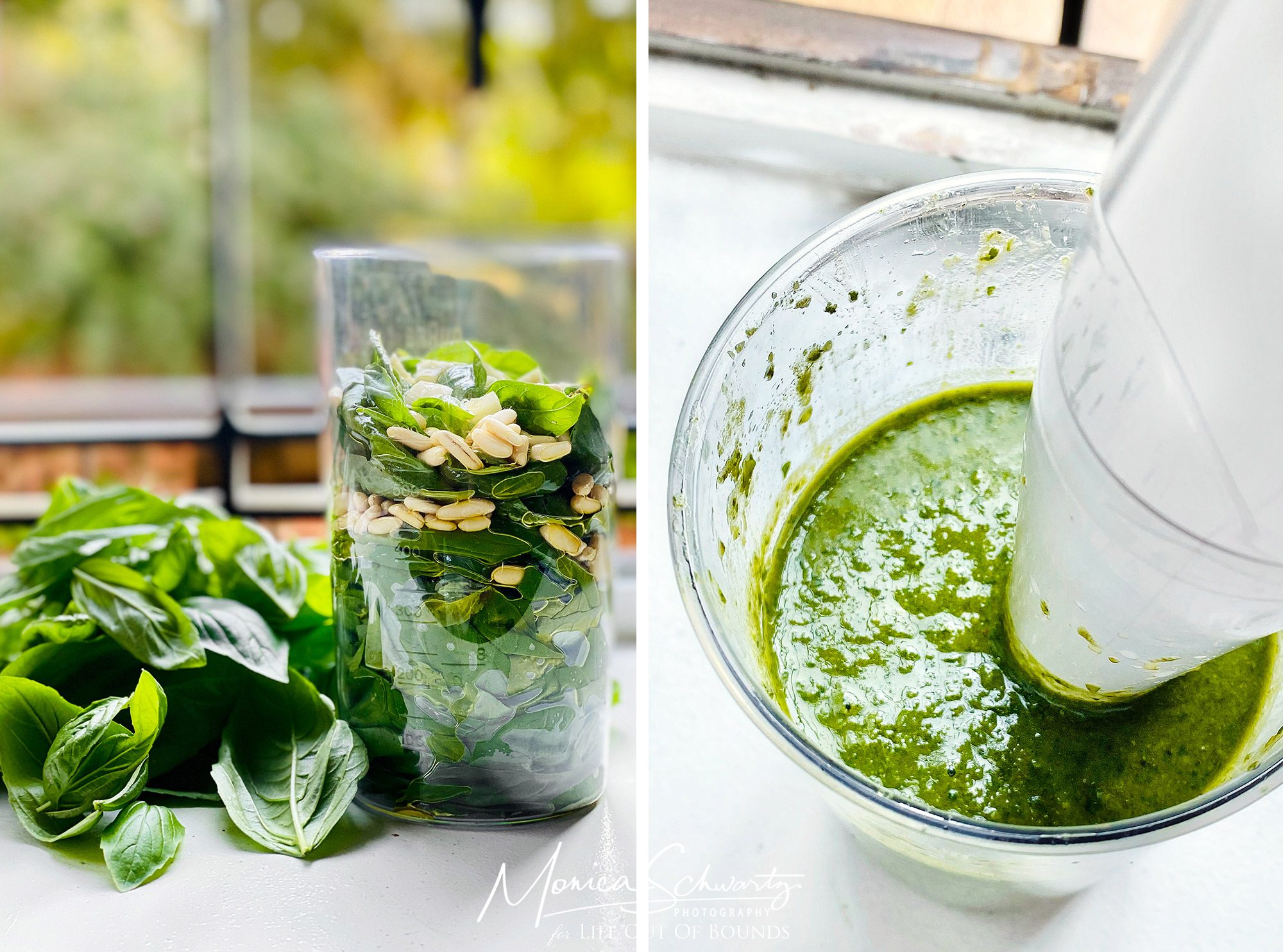
.
PASTA WITH GENOESE PESTO
.
The classic pasta used with pesto is called Trofie, or Trofiette. Trofie look like narrow, elongated twisty roll (see the image below). The other pasta often used is called Trenette, it is a long, narrow and flat pasta similar in shape to the more known fettuccine or even bavette.
Whichever pasta is used, this dish is prepared with also green beans and cubed potatoes, which are cooked along with the pasta in the same pot.
Potato gnocchi are also excellent with pesto; heavenly, in fact.
And for those who wish to avoid any wheat: a warm salad with cannellini beans (cooked the way I do for this recipe) and then tossed with some cut up tomatoes and some pesto…. oh so good!
In this case I would use the pesto without the cheese, so a basil sauce.
.
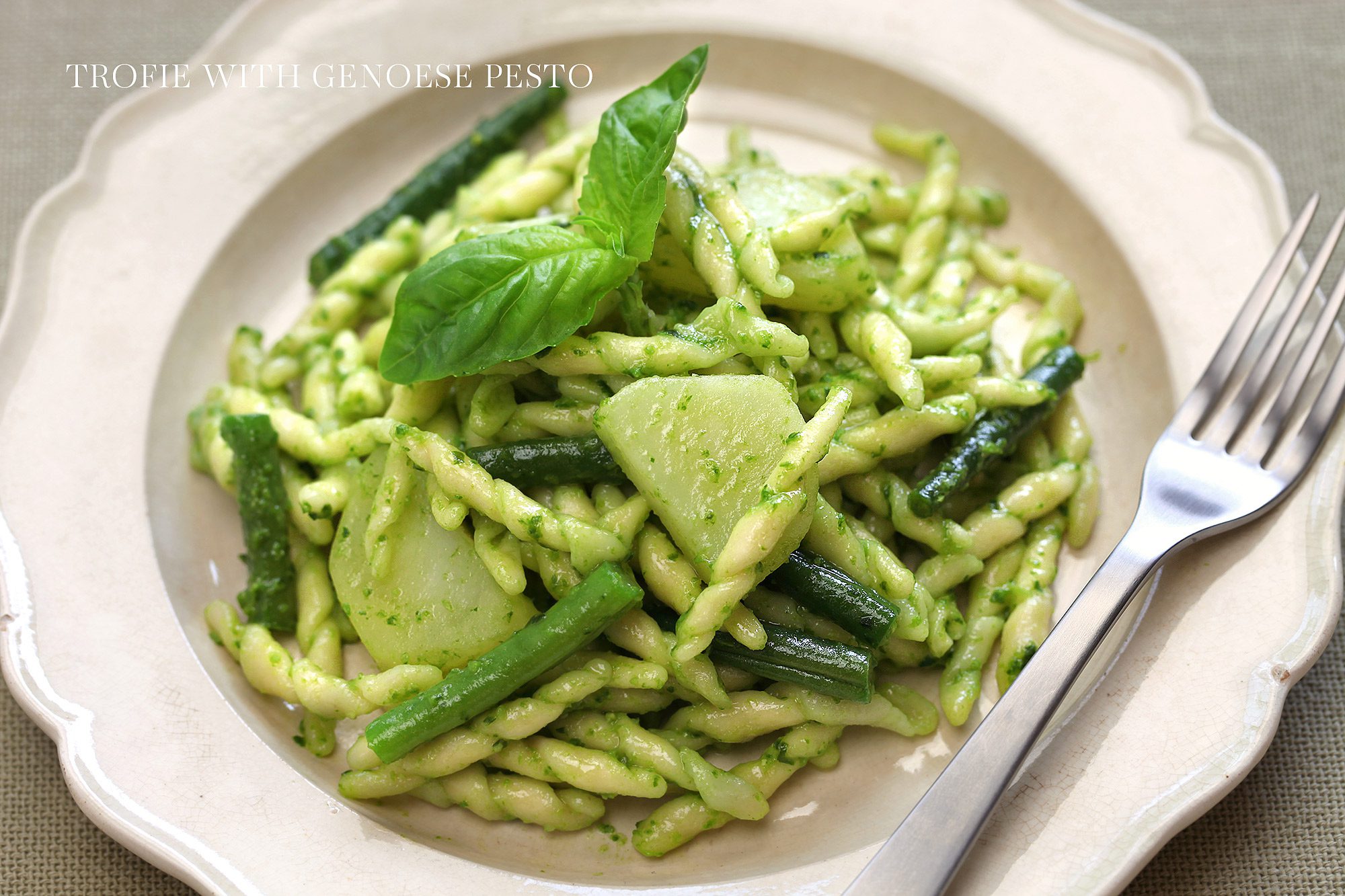
.
DOSES FOR MAKING PESTO SAUCE
.
Honestly, I make pesto from the hip or, as we say in Italy, a occhio (by eye).
I go out and harvest the basil (this is how it’s done, btw, so as not to mess up the plant), and have the other ingredients standing by. Then I add, taste and tweak till I am happy.
But if this is your first time, maybe a little guidelines could help, so here goes:
Yields sauce for about 5-8 portions (people)
- 60 gr. tender basil leaves (this is a lot more basil than you imagine, btw)
- about 35-40 gr. pine nuts
- about 120 gr. of extra-virgin olive oil
- 100 gr. Parmigiano Reggiano, grated (or, if you would like to include some Pecorino, make that 75 gr. Parmigiano, and 25 gr. Pecorino Fiore Sardo)
- about 3-4 gr. sea salt (coarse if using the pestle, fine if using the blender)
- 2 small garlic cloves, peeled, core removed
Once the sauce is ready, transfer it to clean glass jars and refrigerate for up to 10 days.
If I spoon it out to use and have some left in the jar, sometimes I top that off with a little more e-v olive oil to help prevent oxidation.
You can also pour it into small 1-2-portions containers (ice cube trays work like a charm) and freeze it for up to 5-6 months.
Ideal proportions to use when dressing pasta are about 40-45 gr. of pesto sauce for every 80 gr. of pasta (before cooking). Eighty grams is the standard amount used in restaurants for each serving of pasta (dressed in any sauce) – which falls under the category of “Primi Piatti” in menus.
If you are hungrier, of course, make as much as you like – especially if you have teenage boys in the house. Once you add the green beans and potatoes, that will make for a really good and filling dish.
Enjoy!
.
.
More summer recipes linked below!

.
.


